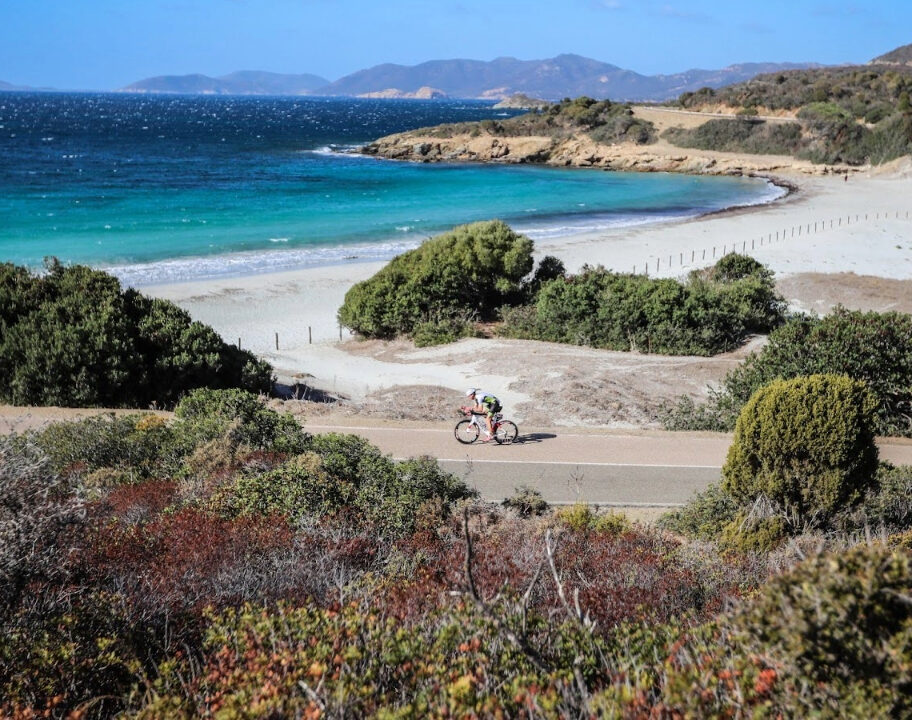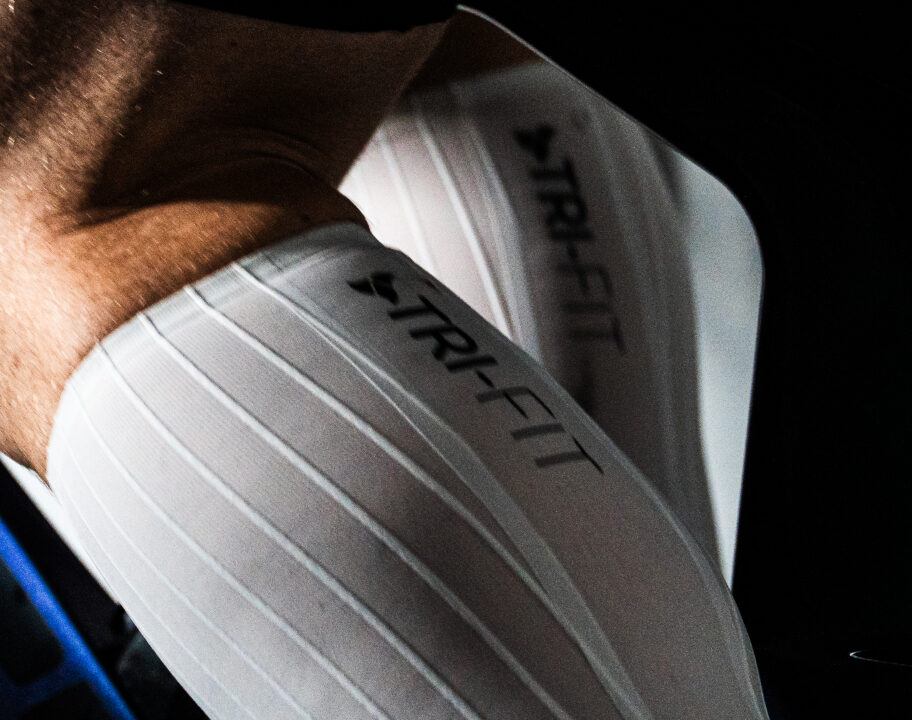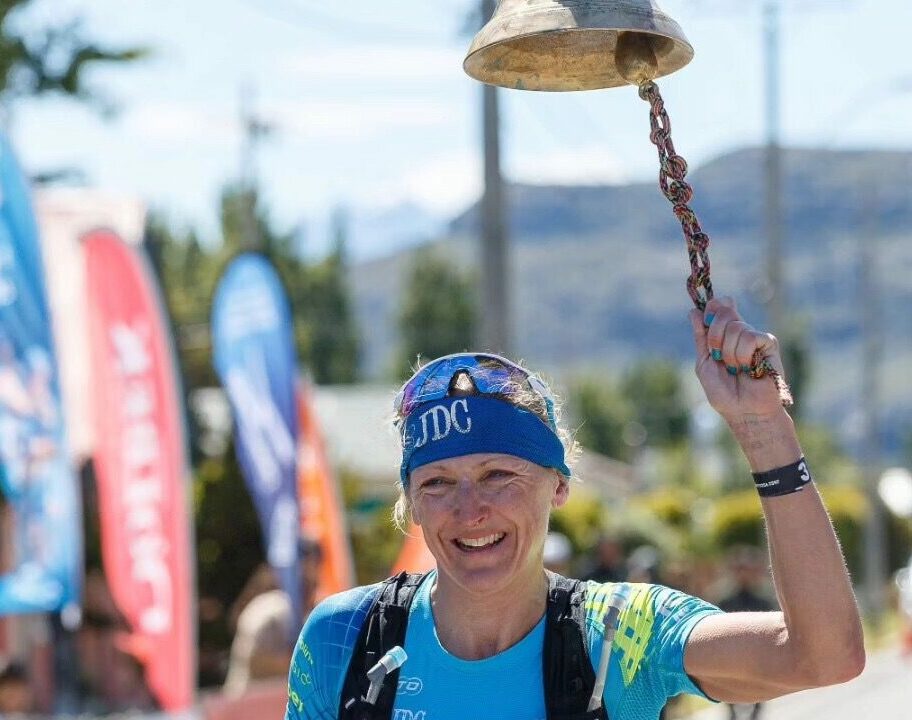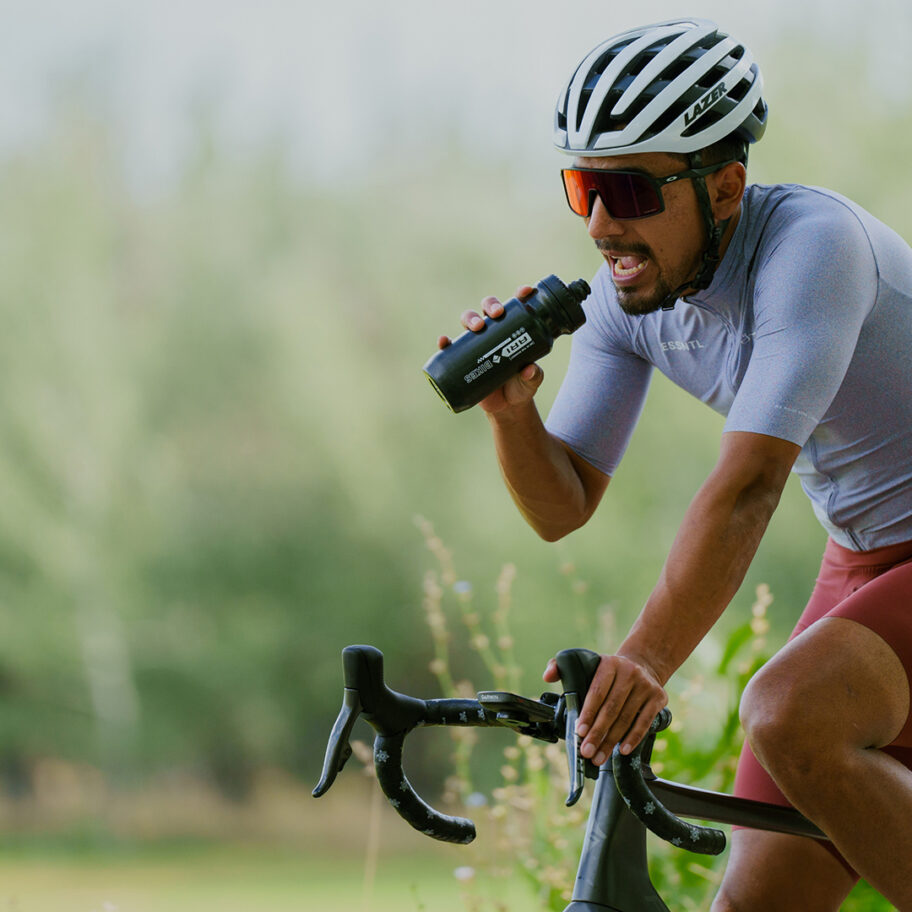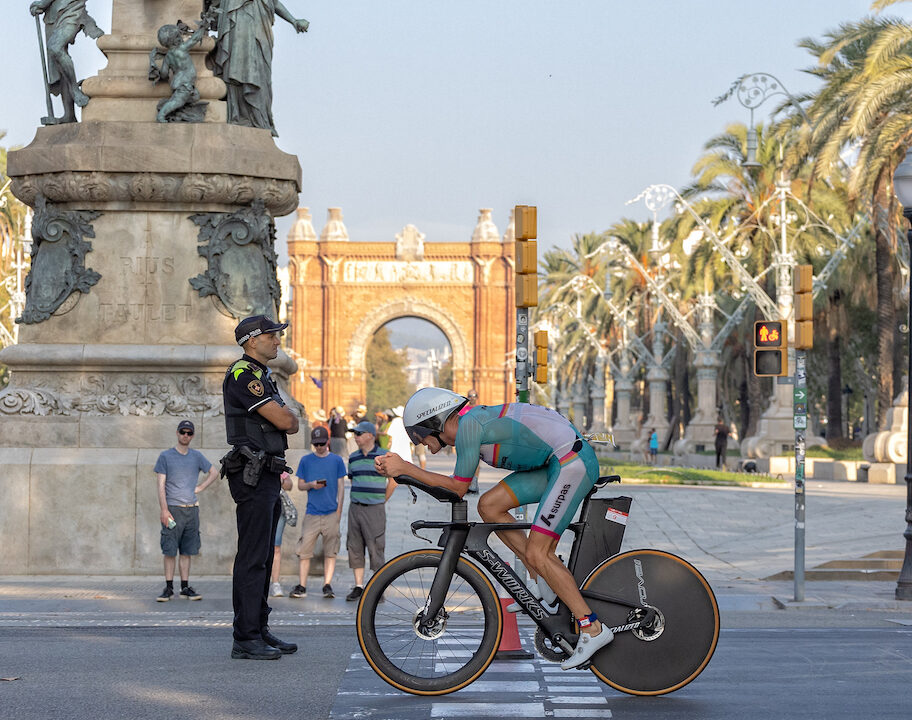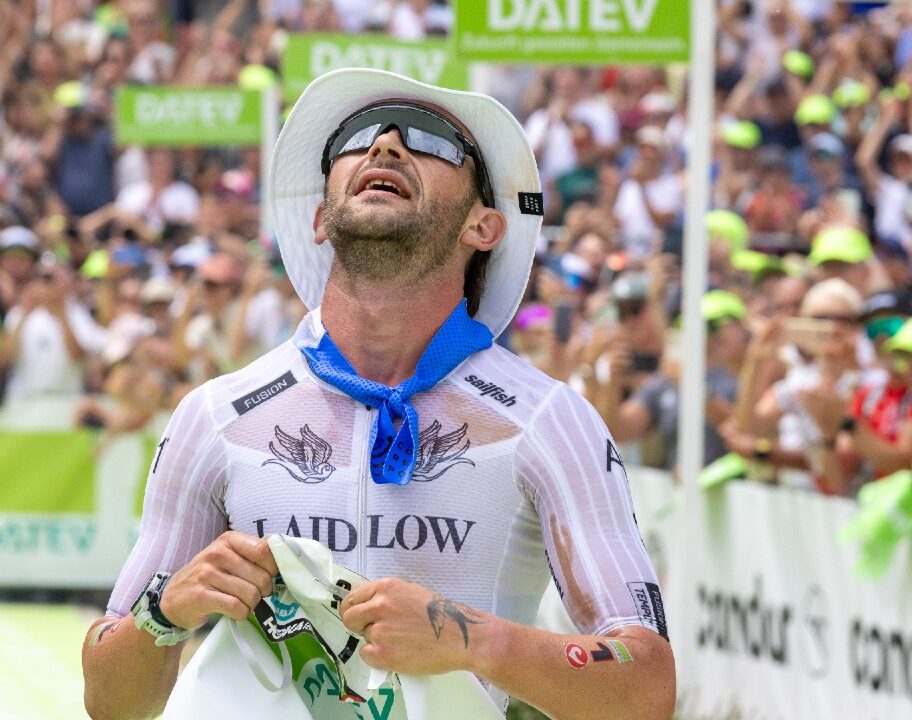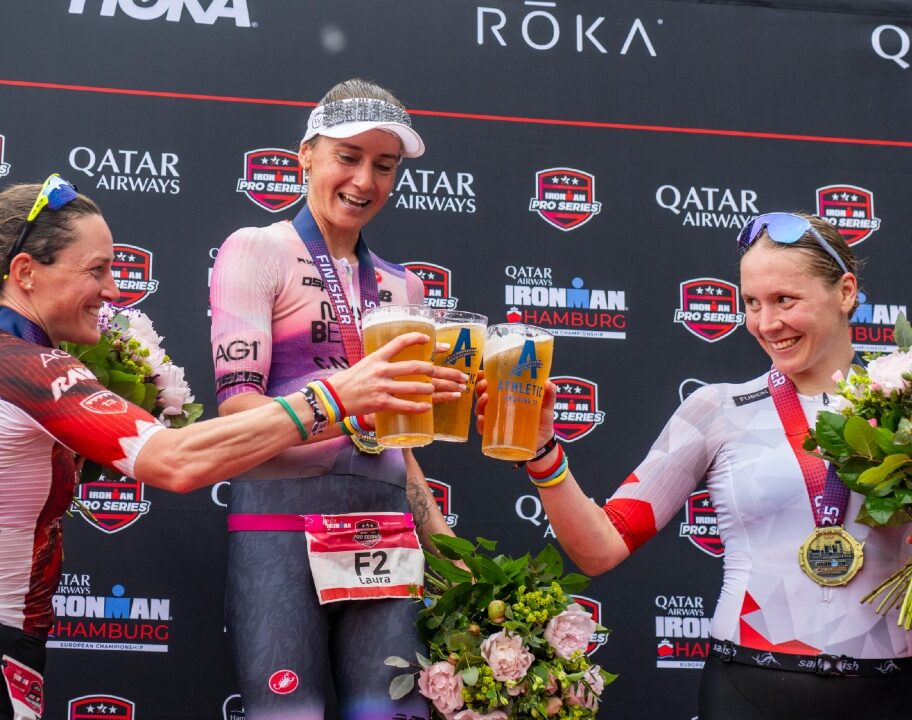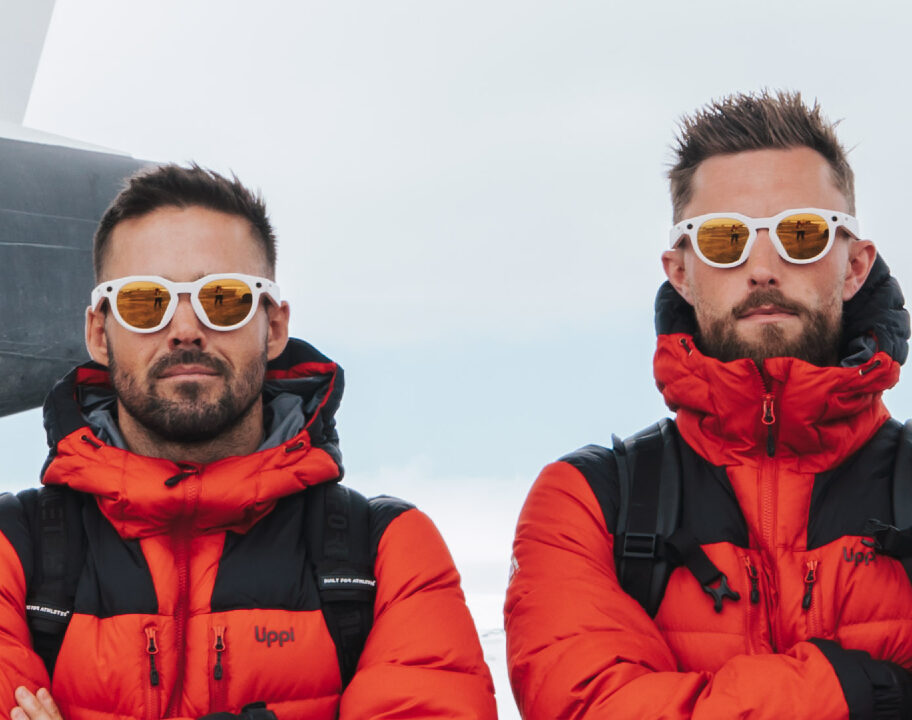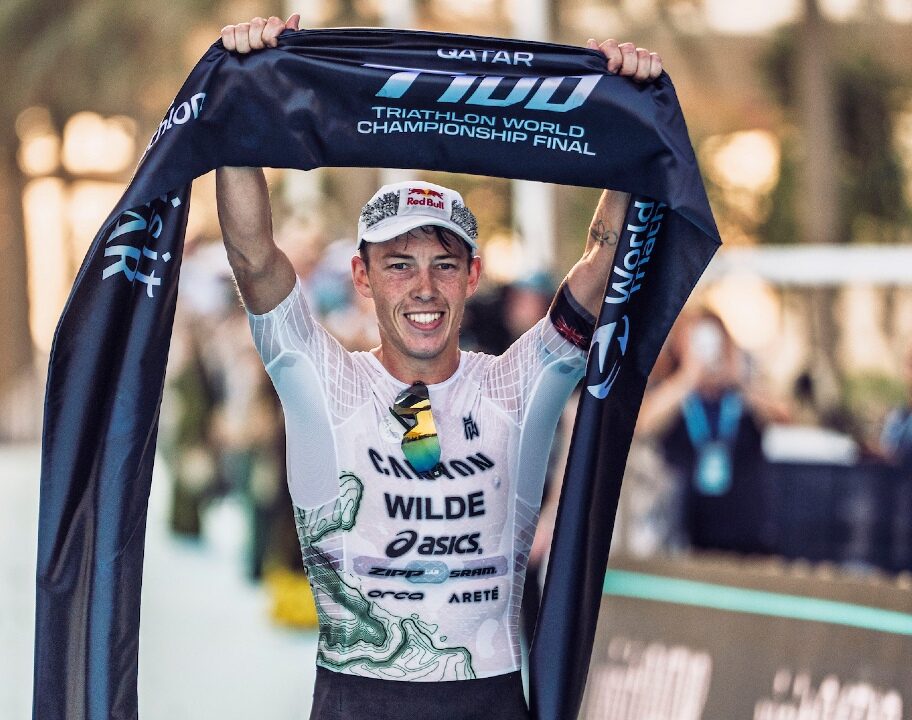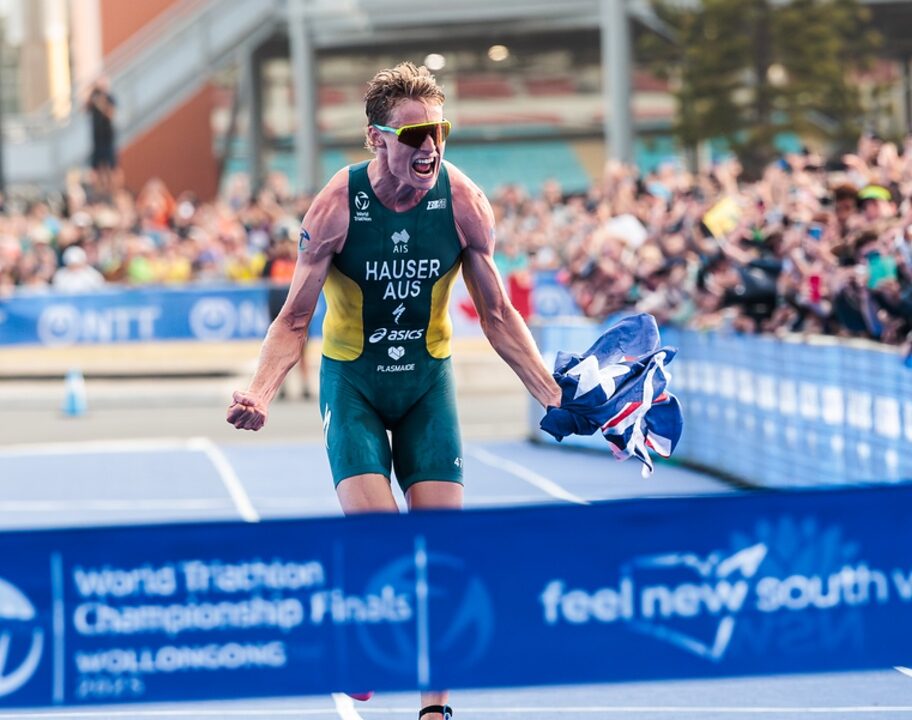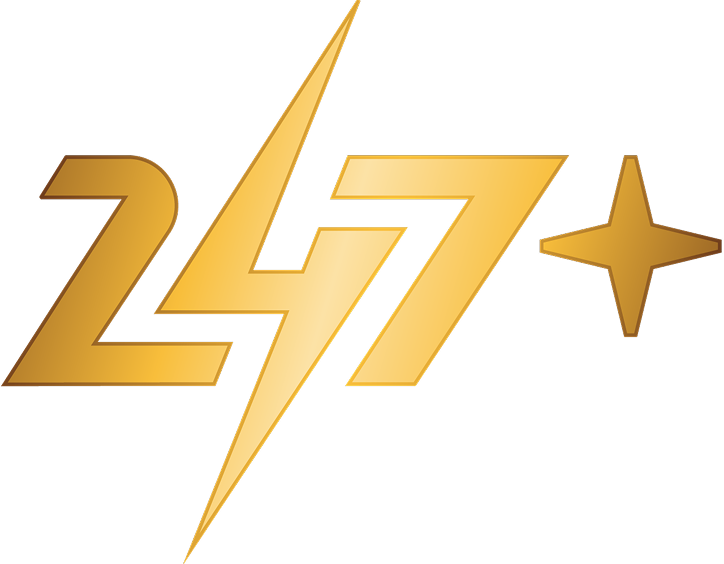From the 76-year-old record holding runner with the VO2 max of a 20-year-old. To the incredible over-80s still tearing it up at IRONMAN and IRONMAN 70.3 World Championships. The world of endurance sport has shown us time and time again that age can be just a number. But the older we get, the more care and attention we need to pay to how we’re training and recovering to ensure we’re setting ourselves up for longevity later in life.
We asked triathlon legend Mark Allen, a former IRONMAN World Champion six times over, for his advice on how to adjust training and reduce the impact of getting older on endurance sport performance.
“Aging up. Way up.” Mark Allen’s 7 top tips for training effectively as you get older
There’s one thing that every athlete has in common: We are all getting older. There are some years where that is considered an asset. Going from say 20 to 30 in the world of endurance is a good thing, especially if your goals are to do well at longer races. But going from 50 to 60 and beyond is rarely looked at as a performance enhancer!
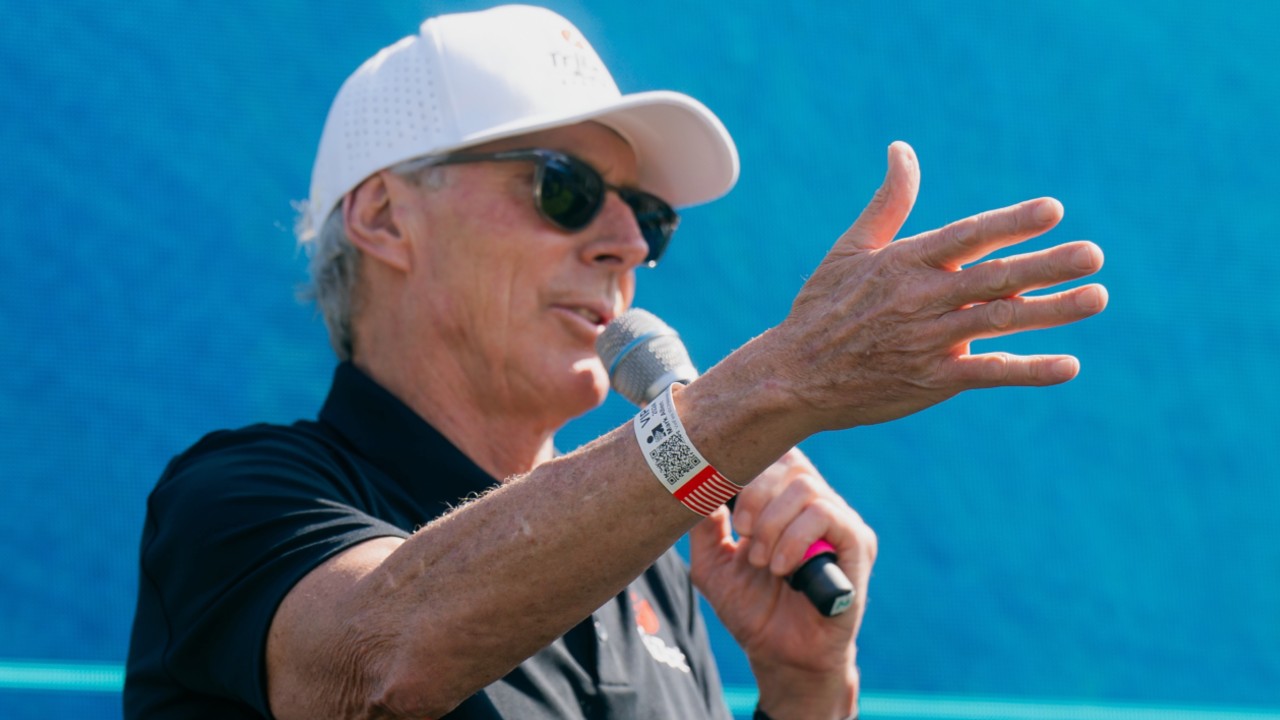
You cannot completely erase the slowdown that age brings. But you can make the slope less slippery with a few key strategies. Here are my top seven.
#1 Do strength training
No matter how much you swim, bike and run, after your mid-thirties you start to lose lean muscle. That leads to a slower metabolism, less resilience in training and recovery. A higher risk of injury and slower times overall.
However, with an increased emphasis on strength training that loss can be pushed way down the aging timeline. In general, two days/week lifting weights heavy enough to really challenge the muscles is key.
I’m not talking about doing circuit training with sets of 20-30 reps. That builds endurance, not muscle. I’m suggesting lifting heavy enough that sets of 10-12 are all you can manage, or even heavier at times with sets of 6-8 reps take you to your limit. Work all the big muscles, especially in the legs.
Change your speed to steady state ratio
With age comes lower and lower VO2max values, unless you do something about it. Lower VO2max means slower at all levels of intensity or zones you are working and racing in. Higher values mean faster. Higher values also help provide your body with better overall health.
The best way to improve your VO2max is through anaerobic work, the higher the better. The catch as you age is that your body cannot recover as quickly from speedwork as a younger you could. It’s critical for your performance but you just can’t do as much of it overall on a week-to-week basis.
There is no blanket recommendation for how much you can absorb for how many weeks in a row because it depends on your life fitness as well as how much other stress you have in your life. But in very general terms a good speed session will not have more than 15-20 minutes total of Z4 or higher work. And it can be even less than that.
Even a set of 30-second all out sprints with 90-seconds active recover done 8-times will give you a massive boost in all the things you are trying to activate with fast training like increase mitochondrial activity and development (the energy producing parts in cells), VO2max increase, human growth hormone release, testosterone release, muscular strength improvements to name a few.
Increase protein intake
With age comes the need to up the percent of your diet that comes from protein. It takes a higher percent of protein in your diet (not necessarily an increase in the total amount of protein you take in) to get your body to actually use it to repair and build muscle. The younger you could get that same activation with a much lower percent of protein in your diet.
Move your feet
The first place most people see their performance drop off is running. And the reason that happens is because the calf and ankle strength slips before other muscles like glutes (cycling) or lats (like swimming).
And the reason, in my opinion, is that people gradually reduce the amount they use their feet when they walk or run.
Think of an old person. They can look like they are walking on blocks. Then think of a young person. They look like they are floating or strutting with the amount they use their feet.
That foot articulation is what keeps the ankle and calf strong. So, as you age, be more and more aware of whether or not you are doing that. When you walk, strut by moving your feet. Walk barefoot and let your feet move. Do barefoot strides on the grass infield of a track and articulate your feet.
Get sleep or get overtrained
As you get older you don’t necessarily need more sleep than you got as a young person. In fact, the actual hours might go down a bit. BUT the sleep you do get is more critical. A few late nights add up quicker than they did years ago. And if sleep gets compromised, the price you will pay, athletically, can be huge.
If you have difficulty sleeping through the night and find you are up for extended periods when you should be sleeping, it is a sign your body is overly tired (maybe too much training) and you could benefit from cutting back on training and increasing the sleep focus.
If you to sleep fine but wake up feeling like you just got run over by a truck, that too is a call to increase sleep and reduce training.
These two things could be said at any age, but as an aging athlete it is more important to address it quicker than your younger self did.
Consistency is more important than ever
Consistency is perhaps the greatest friend of the aging athlete. It’s so much more important than the speed you go or the volume of training you do in your training. Consistency is measured by being able to train regularly over a long period of time.
If you are consistent, it means that all the things that derail consistency like getting sick, injured or burned out are being avoided because you are training within the reality of what your body can manage now, and you are NOT trying to match the workouts your younger self did. It means when you challenge yourself in your workouts, you are also incorporating enough recover with it. It means you are also eating and fuelling properly for both performance and recovery.
Inconsistency comes with a much greater cost in the aged-up athlete. When you have days of not training, fitness drops off quicker and regaining fitness takes longer. Not only that but the injury risks increase. And I am not saying you need to do your normal workouts, but that even doing a very short 20–30-minute session on busy days keeps that consistency going. Consistency is key!
Redefine your purpose
The last piece of the aging puzzle is to continually evolve what you are trying to get out of your training. If it’s about getting PBs, you might have already passed that gate of opportunity a time long ago. And if you try to compete with your younger self, you will always lose!
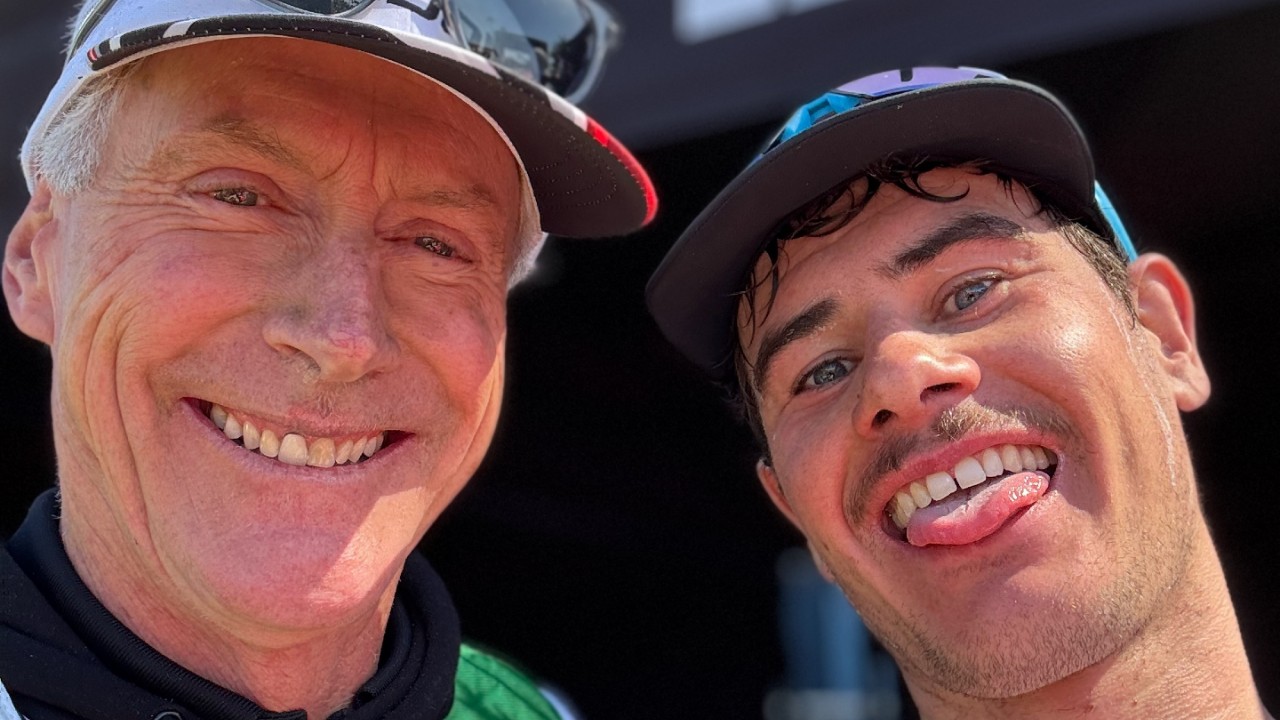
What you are shooting for can still be challenging and exciting but keep it within the realm of reason! Maybe it is to see how consistent you can be. It might be the simple goal of going out each day and ending each workout feeling better than when you started. It could be about setting up sessions with friends and having the workouts be more social than performance driven.
My goals used to be to win world championships. Now my goals are to be consistent, to pick a level of training on a daily basis that is a bit of a stretch but also achievable and repeatable.
My goals are to also mix up the types of workouts I do. Older bodies love variety. I also acknowledge the things that are starting to wane, and I work on them. I work on balance, I work on core strength, I work on flexibility.
None or those are the gut-wrenching speed or endurance sessions that you want to brag about. They are “normal” everyday workouts. But they keep my body and my fitness feeling extraordinary…even for a 67-year-old!
Related content…
- Mark Allen on how to train for the Ironman marathon
- What is lactate threshold? Science behind triathlon’s favourite buzzphrase
- Triathlon training zones explained

